
Elephant Fountain. (697k)
From the Catania entry in Wikipedia:
Catania is the second largest city of Sicily after Palermo located on the east coast facing the Ionian Sea. It is the capital of the Metropolitan City of Catania, one of the ten biggest cities in Italy, and the seventh largest metropolitan area in Italy. The population of the city proper is 320,000 while the population of the city's metropolitan area, Metropolitan City of Catania, stood at 1,116,168 inhabitants.
Catania was destroyed by catastrophic earthquakes in 1169 and 1693, and by several volcanic eruptions from the neighbouring Mount Etna, the most violent of which was in 1669.
Catania was founded in the 8th century BCE by Chalcidians. In 1434, the first university in Sicily was founded in the city. In the 14th century and into the Renaissance period, Catania was one of Italy's most important cultural, artistic and political centers.
I visited the Graeco-Roman Theater and Odeon, the Roman Amphitheater, and the Piazza del Duomo, the main square.
The centerpiece of the Piazza del Duomo is the Cattedrale di Sant'Agata. It has lots of nice marble statues. It was started originally in 1078. It has been destroyed and rebuilt several times due to earthquakes and eruptions of nearby Mount Etna. See Catania Cathedral entry in Wikipedia. Around the piazza are several nicely decorated fountains.
The Graeco-Roman Theater and Odeon was built in the first century CE on top of an earlier Greek building. The theater had two ambulatories (hallways under the seats) and could hold about 7000 people. In the 2nd century CE, a third ambulatory was added. The odeon was used for poetry and musical contests and for rehearsals.
The Roman Amphitheater was build in the 2nd century CE. It probably could hold about 15,000 people. See Amphitheater of Catania entry in Wikipedia.
All pictures are © Dr. Günther Eichhorn, unless otherwise noted.



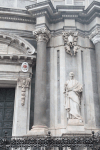
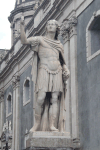

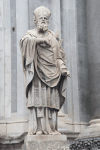
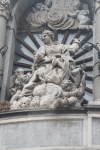









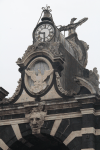
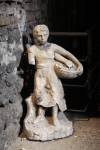

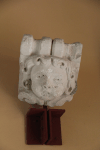
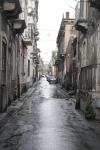



This page contains 25 pictures
 Main page for Sicily |  Main page for Italy |
Page last updated on Fri Dec 2 12:46:14 2022 (Mountain Standard Time)